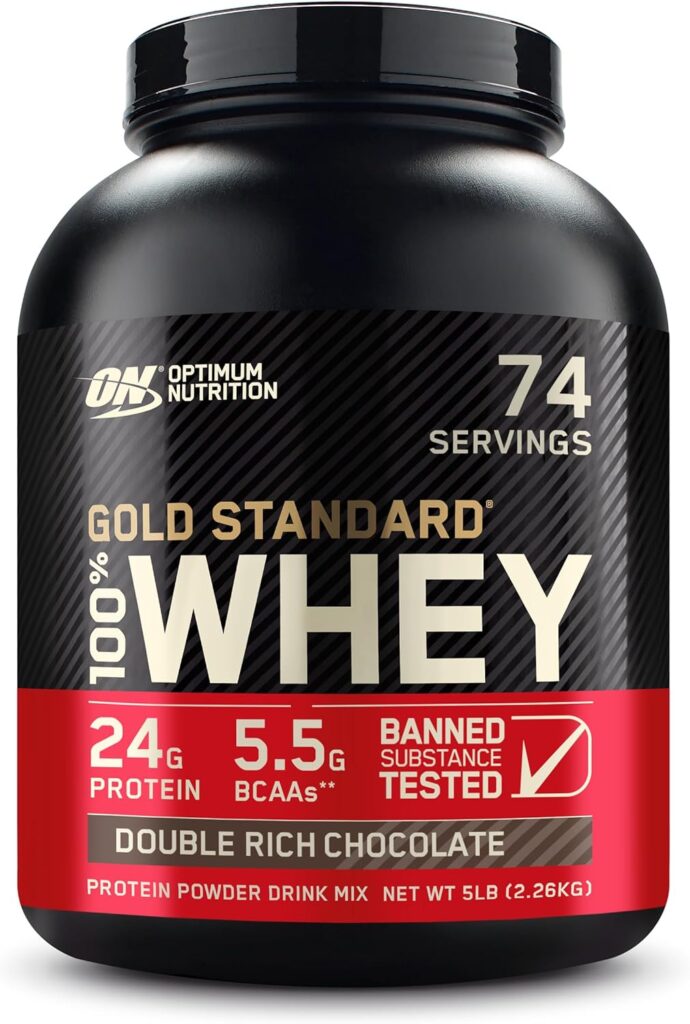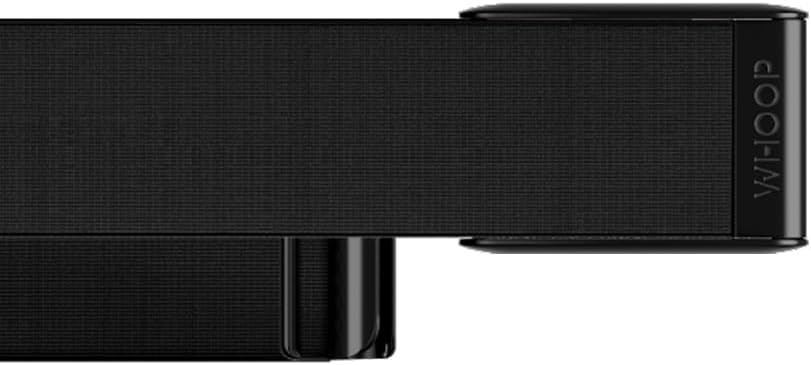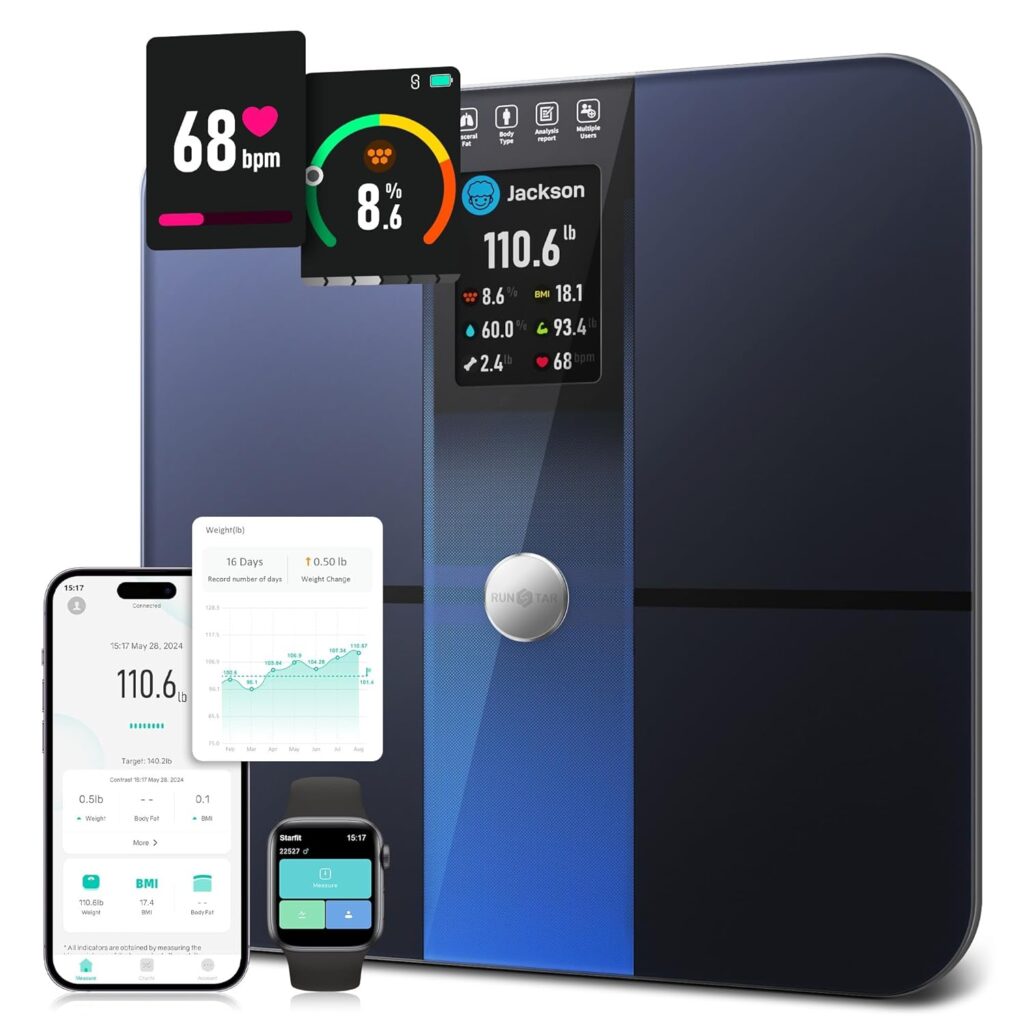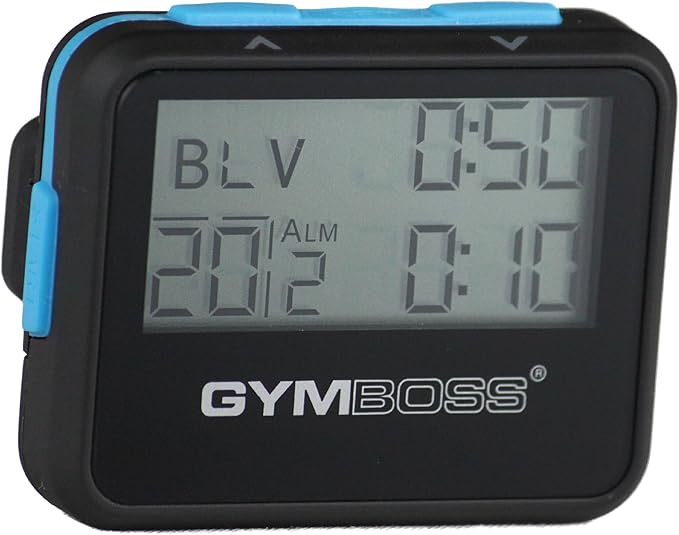This blog may contain affiliate links, meaning I earn a small commission if you make a purchase through these links, at no additional cost to you. As an affiliate, I only promote products and services I trust and believe will add value to my readers.
Building muscle is a journey that requires dedication, patience, and, most importantly, a strategy to track your progress. You want to make sure that all your effort in the gym and kitchen is paying off, and the best way to do that is by monitoring your progress consistently and accurately. This article is for you if you’re looking to take control of your muscle-building journey and see concrete results. Here, we’ll dive into several methods that will help you track your progress effectively during your muscle-building phase.
1. Establish Your Baseline Metrics
Before you can determine whether you’re making progress, you need to establish where you’re starting from. Your baseline metrics are your initial set of data that you can compare against in the future. Here are some important metrics you should track from the beginning:
- Body Weight: Start by weighing yourself at the same time every day. Morning weigh-ins are generally the most consistent because they eliminate variables like food and water intake throughout the day. Use a reliable digital scale, such as the RENPHO Smart Bluetooth Body Fat Scale, available on Amazon, which syncs your data directly to your smartphone for easy tracking.
- Body Measurements: Use a simple tape measure to record key body measurements. Areas to measure include your chest, arms, thighs, waist, hips, and shoulders. Recording these numbers weekly will help you notice subtle changes even if the scale isn’t moving significantly.
- Body Fat Percentage: Tracking your body fat percentage gives a clearer picture of how much muscle versus fat you’re gaining. Body fat calipers or a digital body composition monitor like the
InBody Dial H20 Smart Full Body Composition Analyzer Scale can be helpful tools. This monitor is highly rated on Amazon and gives you a more in-depth look at how your body is transforming. - Photos: Take progress photos every two weeks. Photos can often reveal changes that the numbers might not show. Wear similar clothing and take pictures from the front, back, and sides in natural lighting for the most consistent results.
2. Track Your Workouts
It’s crucial to track your workouts to determine if you’re increasing volume, intensity, and frequency effectively. If you’re lifting more weight or performing more reps over time, you’re likely gaining muscle. Here are some tips for tracking your workouts effectively:
- Workout Logbook: Keep a workout journal. This could be a physical notebook or a digital tool. You can also use apps like Strong or Fitbod, both of which are popular and easy to use.
- Focus on Progressive Overload: Progressive overload is key to muscle growth. Write down your reps, sets, and weights for each exercise. Each week, try to either increase the weight, reps, or sets to progressively challenge your muscles.
- Track Rest Times: Rest time between sets can significantly impact muscle growth. For hypertrophy, rest periods between 30-90 seconds are typically recommended. Use a timer, such as the Gymboss Interval Timer, to keep yourself on track.
3. Monitor Your Nutrition

You can’t build muscle without proper nutrition, and tracking your food intake is vital for success. Knowing if you’re consuming enough calories and the right macronutrient ratios is key.
- Calorie and Macronutrient Tracking: Use a food tracking app like MyFitnessPal or Cronometer. They make it easy to log what you eat and see if you are reaching your goals. To build muscle, you need to be in a caloric surplus—typically 250-500 calories above your maintenance level.
- Protein Intake: Protein is crucial for muscle growth. Aim for 1.0 to 1.2 grams of protein per pound of body weight. A high-quality protein powder can make it easier to meet your protein goals. The Optimum Nutrition Gold Standard Whey Protein is a highly rated option on Amazon that has thousands of positive reviews and is a favorite among athletes.
- Meal Timing and Frequency: While total daily intake is the most important factor, meal timing can also help optimize muscle gain. Eating protein-rich meals every 3-4 hours can support muscle protein synthesis throughout the day.
4. Strength Gains
Another sign of muscle growth is an increase in your strength levels. If you’re consistently adding weight to your compound lifts (like squats, deadlifts, bench press, and rows), you are likely building muscle.
- Log Strength PRs (Personal Records): Set specific strength goals for your compound lifts and record your PRs in your workout log. This not only helps you gauge your progress but also keeps you motivated to push past your limits.
- Testing One-Rep Max: You could also periodically test your one-rep max on key lifts to see how your strength has improved. However, always prioritize safety and only attempt this with proper guidance or a spotter.
5. Track Recovery and Rest

Muscle building doesn’t just happen in the gym—it happens during recovery. Monitoring how well you’re recovering from your workouts can provide insight into your progress and prevent overtraining.
- Sleep Quality: Aim for 7-9 hours of sleep each night. A sleep tracker, like the Fitbit Inspire 2, can be a helpful tool for tracking your sleep and ensuring you’re getting enough rest to promote muscle growth.
- Muscle Soreness and Fatigue: Keep track of muscle soreness levels. Being sore occasionally is normal, but chronic soreness could indicate overtraining. If you’re always fatigued, it might be time to scale back and allow for better recovery.
- Heart Rate Variability (HRV): HRV is a good indicator of how well your body is recovering. The Whoop Strap is a wearable device that measures HRV, providing insights into when you should push harder or take it easy to optimize recovery.
6. Consistent Reflection and Adjustment
Your muscle-building journey is a dynamic process, and what works at one point might not work later on. This is why consistent reflection and adjustment are crucial.
- Monthly Reviews: At the end of each month, take a look at all your tracked metrics—weight, measurements, workout logs, and progress photos. If you’re not progressing as expected, it could mean that you need to increase your calorie intake, adjust your training program, or improve your recovery.
- Evaluate Your Routine: Sometimes, a plateau can occur when your body gets too used to your routine. If progress stalls, consider switching up your training splits, adding different exercises, or implementing advanced techniques like drop sets or supersets.
7. Listen to Your Body
While tracking numbers and stats is incredibly valuable, it’s also important to listen to your body.
- Energy Levels: Are you feeling energized and ready to hit the gym, or are you constantly feeling drained? A good muscle-building phase should leave you feeling motivated most of the time. If you’re feeling exhausted, it could indicate overtraining, inadequate nutrition, or insufficient sleep.
- Mind-Muscle Connection: When lifting, focus on the muscle you are targeting. Feeling the contraction and ensuring you’re engaging the intended muscles will help with better growth. This connection is a good qualitative measure of how well your training is going.
8. Use Technology to Your Advantage
Using comfort fitting technology can make tracking your progress more manageable and even more fun.
- Wearable Devices: Tools like the Fitbit Charge 5 or Garmin Fenix are great for monitoring overall activity levels, heart rate, and sleep quality. These devices help you stay on track with daily movement goals and ensure you’re getting enough rest.
- Fitness Apps: As mentioned, apps like MyFitnessPal and Strong can help you track your nutrition and workouts. Many of these apps allow you to see trends over time, providing valuable insight into your progress.
- Smart Home Gym Equipment: If you prefer working out at home, smart gym equipment like Tonal or Bowflex Adjustable Dumbbells can make a big difference. They track your reps and weight and even offer workout suggestions based on your progress.
9. Stay Consistent and Patient
Perhaps the most critical aspect of tracking your progress is staying consistent and being patient. Muscle building is a gradual process, and the changes week-to-week may be subtle. Stick to your routine, track your metrics diligently, and trust the process.
- Celebrate Small Wins: Tracking progress can sometimes feel daunting if you focus too much on long-term goals. Remember to celebrate the small victories, like hitting a new PR, noticing slight increases in your measurements, or simply feeling more confident in your lifts.
- Consistency Over Perfection: There will be days when your diet is off, or your workout isn’t perfect. What matters most is that you’re consistently putting in the effort over the long term.
10. Get Professional Guidance
If you feel lost or overwhelmed at any point in your journey, consider getting help from a coach or trainer.
- Personal Trainer: A certified personal trainer can create a tailored program and provide valuable feedback on your form, programming, and recovery.
- Online Coaching: If in-person training isn’t possible, many qualified coaches offer online services. They can review your progress, tweak your plan, and ensure you’re on track for your goals.
Final Thoughts
Tracking your progress during a muscle-building phase is all about gathering data and using it to make informed decisions about your training, nutrition, and recovery. By consistently monitoring your baseline metrics, workouts, nutrition, recovery, and mental well-being, you’ll have a comprehensive understanding of your journey and how far you’ve come. Remember, muscle growth doesn’t happen overnight—it’s the result of persistent effort, smart tracking, and making adjustments along the way.
Take advantage of the tools available—smart scales, workout apps, body composition monitors, and wearable devices—to make tracking as easy as possible. And, most importantly, celebrate every step forward, no matter how small. Your dedication will ultimately lead to the results you desire, and seeing the progress unfold in your data is one of the most rewarding parts of the journey.

